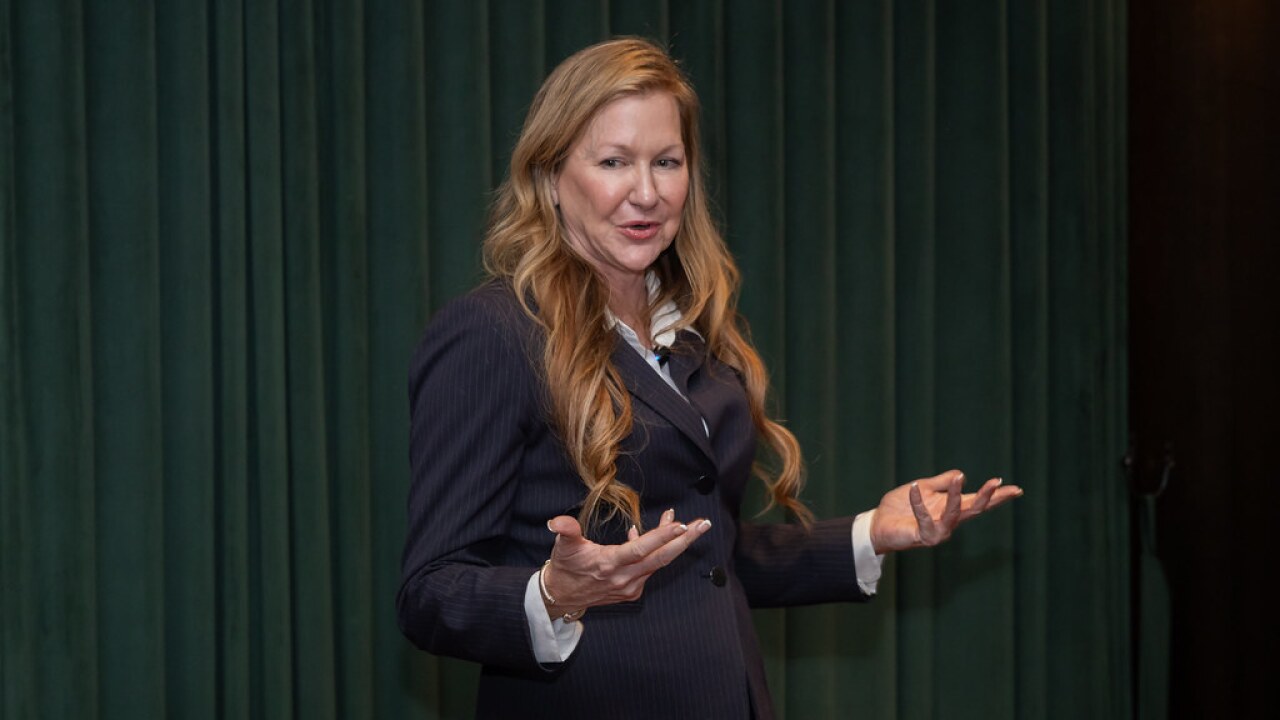The Weekly Wrapup is an analysis of the week's insurance tech news from the editors of Digital Insurance.
Insurance companies expect to hire more data scientists and integrate their skills across the value chain, but are finding it difficult to ramp up these efforts, according to new reports from PwC.
The management-consulting firm released items evaluating how actuarial and data science are converging at P&C insurers and life carriers, respectively. Across both lines of business, insurers' top reported challenges are the same:
- Integrating data science into the actuarial function
- Hiring and retaining data scientists
- Clearly measuring the value of data science
- Lacking a formalized data science function
PwC recommends insurers set up a cross-functional team of data scientists that isn't necessarily embedded with actuaries, but is available to assist them. The company also says it's crucial that insurers develop clear career-path options for these valuable staff, because there will be lots of competition for the skills. In fact, the company concludes, cross-training staff is also something to consider in order to keep the data-science team current with insurance needs.

"Enabling knowledge sharing will reduce dependency on certain key individuals and allow insurers to better pivot towards analytical needs," PwC writes. "It is essential that senior leadership make appropriate training and knowledge sharing resources available to the analytics function."
This strategy has been recommended as an increasing number of data scientists have arrived at insurance companies. Novarica's Mitch Wein once called it "enforced collaboration," back at a time when
"Data scientists’ predictive modelling skills are suited to the development of predictive claims models," PwC says. "But, as models become more sophisticated, actuarial domain expertise will be increasingly important to ensure the design and deployment of appropriate model variables."
Emojis in insurance?
Switching gears a bit, Digital Insurance's sister publication American Banker reports that as customers switch to digital channels for more communications, bank technology has to
And the road goes both ways: with chatbots growing in popularity for insurance interactions, the ability to communicate with customers using emoji is also an opportunity to mine. For example, a "thumbs up" to confirm a yes-or-no question, or icons for cars or home to indicate which policy is being discussed. It's just another outgrowth of an increasingly digitally focused world that carriers have to keep in mind as the industry continues to transform.





